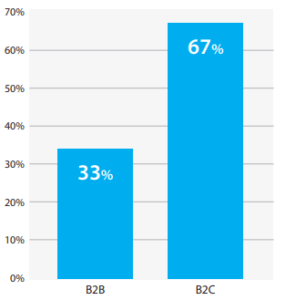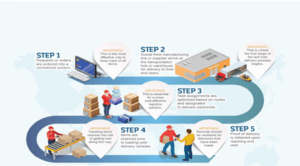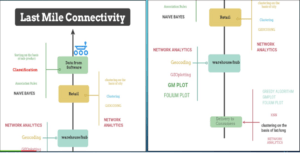
What is Last Mile Connectivity
Every stage of the logistics process of delivering goods is crucial from the time a parcel leaves the hands of the Sender up to the moment it arrives at its destination.
While each step of the way should be taken seriously, there is no point more high-priority than that of the last mile delivery stage, where the goods from a transportation hub move to their final delivery destination.
The “last mile” refers to the short geographical distance between the final delivery hub and the final destination, which is typically a small business, a store front or a personal residence.
The focus of last mile logistics is to deliver goods to the customer as fast as possible.
The key challenge of last mile logistics is finding a cost-effective and efficient way to deliver goods to the customer as fast as possible.
How has demand for last mile services changed over the last 18 months?
Demand for last mile services has increased by 50% in the last 18 months. This has been driven primarily from B2C commerce. B2B, however, is still driving a significant percentage of the growth. This is an important distinction given the fact that B2B represents a significantly bigger market than B2C and that increasingly, regardless of market, customers want the same consumer-like experience. As on-demand becomes standardised across markets, we can expect to see continued strong growth in last mile. It is worth considering the fact that brick and mortar commerce for consumers is still significantly bigger than eCommerce, meaning significant room for future last mile growth.

Goal of Last Mile Connectivity
The goal of last mile delivery is to transport an item to its recipient in the quickest way possible. This has been driven by the continuously evolving market and demand for convenient customer experience across industries such as e-commerce, food, retail and many more.

What happens in Last Mile Connectivity?

Delivery Optimization
Create a delivery route planning to test the resource capacity using the last mile route optimization software that helps to streamline the distribution models. This includes utilizing all the single and multiple pick-ups along with single and multiple drop algorithms.
Algorithm may be used in Last Mile Connectivity

Identifying and eliminating bottlenecks involved in Logistics Analysis
- Cost of Last Mile Connectivity
- Lack of transparency
- Failed deliveries
- Poor routing capabilities
- Unpredictability in transit
Solution
- Last-mile delivery involves almost 30% of logistics costs and therefore having the route optimization to cut that down makes a lot of sense.
- Enable your dispatch management system with an efficient route optimization software to automate delivery routes.
- Optimization helps to utilize the resource capacity at its best saving up to 20% by reducing the travelled miles for delivery and efficient resource planning.
- Get the best software for route optimization that helps in delivery tracking and gives you control over the deliveries.
- An ideal last-mile delivery operations software also integrates with mobile apps and enables cloud-based planning for engine optimization which is the future scope of the project.
The Last Mile Doesn’t Have to Be a Problem
Last mile delivery will likely always be the most complex step of the shipping process. Investing in delivery management software will help ensure you stay on top of the rapidly-changing space, keep your customers happy, and promote long-term company success.


